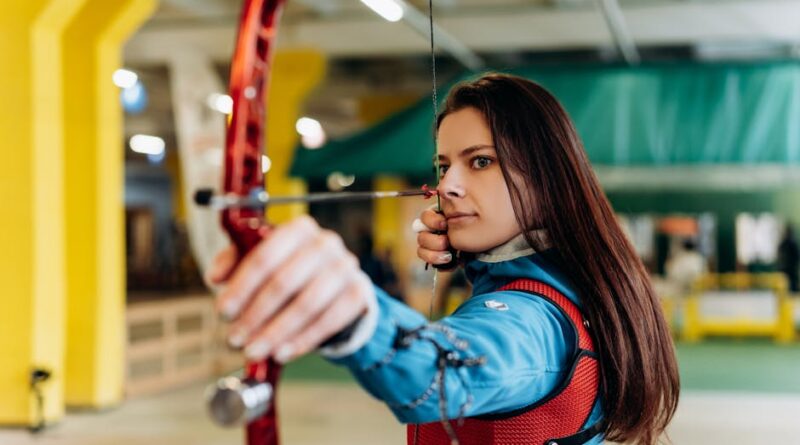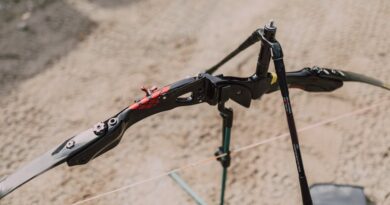Durable Bowstrings for Every Archer
Archery, the art of propelling arrows with a bow, has been practiced for centuries. From ancient civilizations to modern-day sports enthusiasts, archery has evolved significantly, and so have the tools used in this fascinating discipline. One essential component of any bow is the bowstring, a crucial element that plays a significant role in the performance and durability of the bow. In this comprehensive guide, we will delve into the world of durable bowstrings for every archer, exploring the importance of quality strings, different types available, maintenance tips, and much more. Whether you are a seasoned archer or a beginner looking to enhance your skills, this article will provide you with valuable insights to elevate your archery experience.
The Importance of Quality Bowstrings
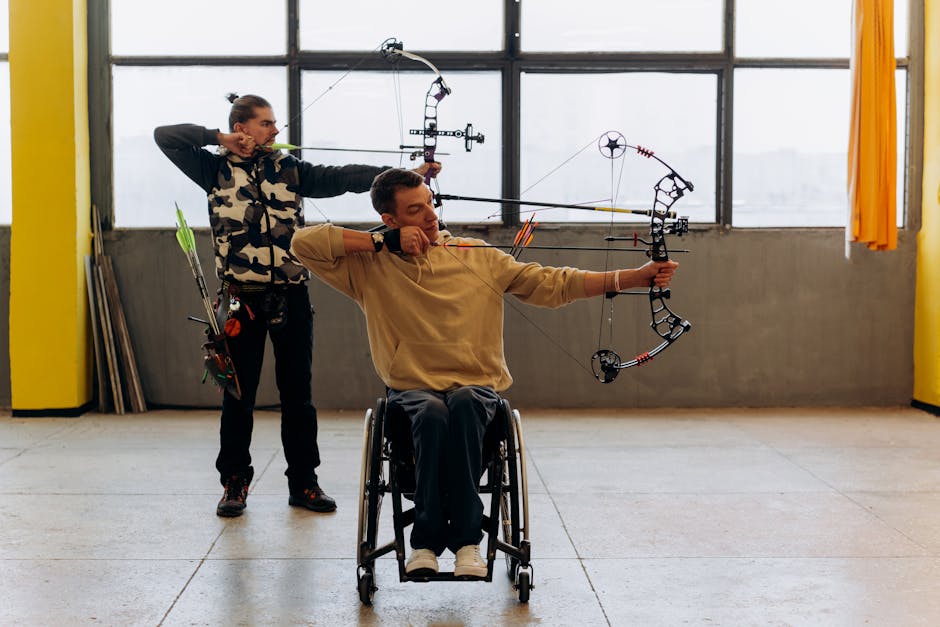
When it comes to archery, the bowstring is more than just a piece of string that connects the two ends of the bow. It is a critical component that directly impacts the accuracy, power, and overall performance of the bow. A high-quality bowstring can make all the difference between hitting the bullseye and missing the target altogether. Durable bowstrings are designed to withstand the repetitive stress and strain of shooting arrows, ensuring consistent performance and longevity of the bow.
One of the key factors that contribute to the durability of a bowstring is the material used in its construction. Different materials offer varying levels of strength, flexibility, and resistance to wear and tear. Some common materials used for making bowstrings include:
Nylon
Nylon is a synthetic material known for its strength and durability. Bowstrings made from nylon are resistant to moisture and abrasion, making them ideal for outdoor use in various weather conditions. Nylon bowstrings are also relatively affordable and easy to maintain, making them a popular choice among archers of all skill levels.
Dyneema
Dyneema is a high-performance synthetic fiber that is incredibly strong and lightweight. Bowstrings made from Dyneema are known for their superior strength-to-weight ratio, making them ideal for high-performance archery. Dyneema bowstrings are less prone to stretching and offer excellent stability, resulting in more consistent arrow flight and accuracy.
Fast Flight
Fast Flight is a type of bowstring material that is specifically designed for high-speed bows. These bowstrings are made from a blend of synthetic fibers that are tightly woven to reduce stretch and increase speed. Fast Flight bowstrings are popular among competitive archers and hunters who require maximum speed and performance from their bows.
Maintenance Tips for Durable Bowstrings
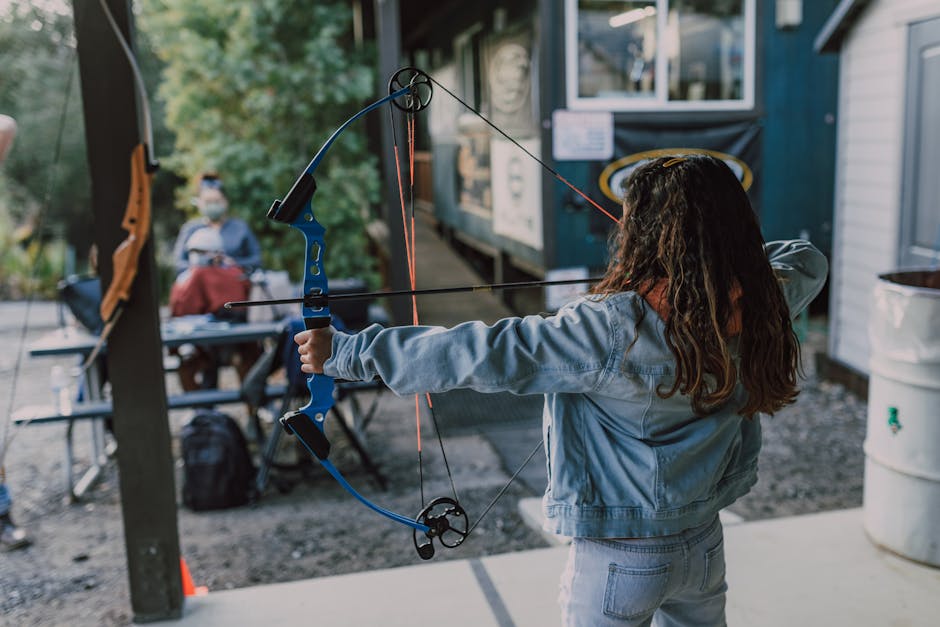
Proper maintenance is essential for ensuring the longevity and performance of your bowstrings. Here are some tips to help you keep your bowstrings in top condition:
Regular Inspection
Inspect your bowstrings regularly for signs of wear and tear, such as fraying, serving separation, or loose strands. Replace any damaged strings immediately to prevent further damage to your bow.
Keep Them Clean
Keep your bowstrings clean by wiping them down with a soft, dry cloth after each use. Avoid using harsh chemicals or solvents, as they can damage the material and affect the performance of the strings.
Proper Storage
Store your bow in a cool, dry place away from direct sunlight and moisture. Avoid leaving your bow in extreme temperatures, as this can cause the strings to weaken and deteriorate over time.
Use String Wax
Apply a thin layer of string wax to your bowstrings regularly to keep them supple and prevent fraying. Be sure to follow the manufacturer’s recommendations for the type and frequency of waxing to avoid over-waxing the strings.
Choosing the Right Bowstring for Your Bow
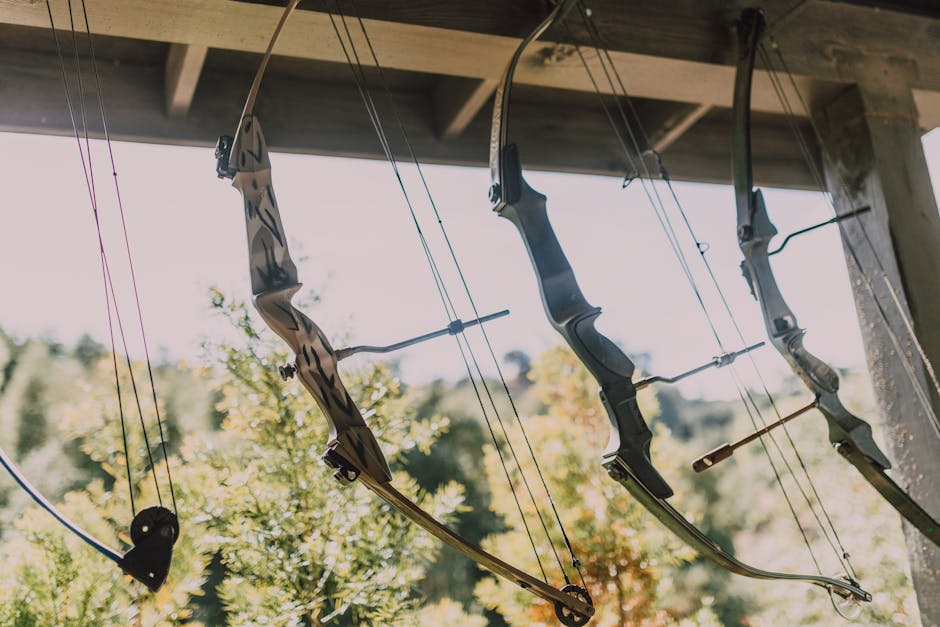
When it comes to selecting a bowstring for your bow, there are several factors to consider, including the type of bow you have, your shooting style, and personal preferences. Here are some key points to keep in mind when choosing a bowstring:
Bow Type
Consider the type of bow you have, whether it’s a recurve bow, compound bow, or traditional bow. Each type of bow requires a specific type of bowstring that is compatible with its design and performance characteristics.
String Length
Ensure that you choose a bowstring that is the correct length for your bow. Using a string that is too long or too short can affect the performance and accuracy of your shots.
Material
Choose a bowstring material that suits your shooting style and preferences. If you are a competitive archer looking for maximum speed and performance, a Fast Flight bowstring may be the best option. For recreational archery or hunting, a nylon or Dyneema bowstring may be more suitable.
Common Misconceptions About Bowstrings
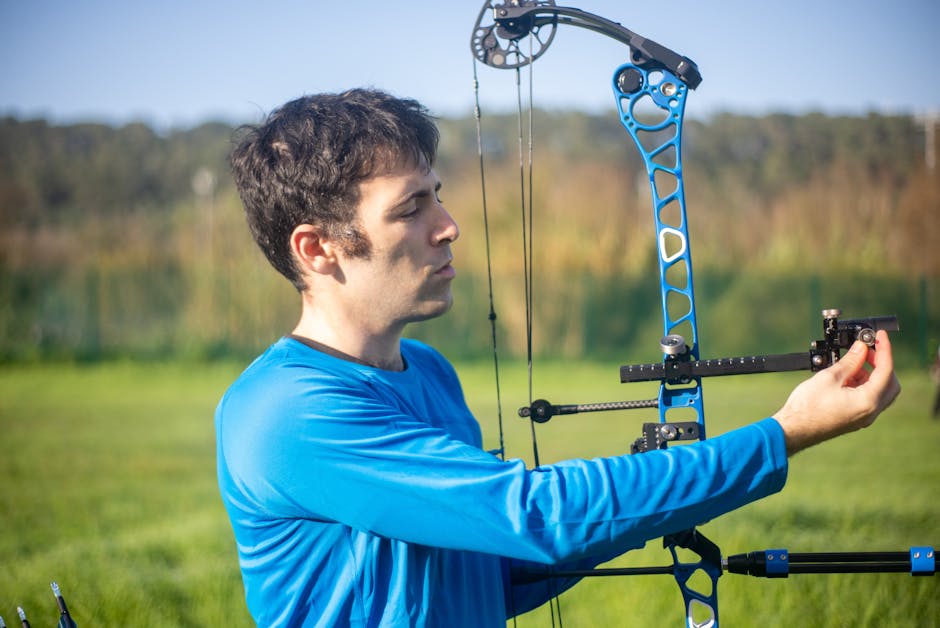
There are several common misconceptions about bowstrings that can affect an archer’s performance and overall experience. Let’s debunk some of these myths:
Myth: More Strands Means More Durability
Contrary to popular belief, the number of strands in a bowstring does not necessarily equate to increased durability. The quality of the material used and the construction of the string are more critical factors in determining the durability and performance of the bowstring.
Myth: Waxing Bowstrings Is Optional
While waxing bowstrings is not mandatory, it is highly recommended to prolong the life of the strings and maintain optimal performance. Waxing helps to keep the fibers lubricated, reduces friction, and prevents moisture from seeping into the strings, thereby increasing their longevity.
FAQs About Durable Bowstrings
Q: How often should I replace my bowstring?
A: The frequency of bowstring replacement depends on several factors, including how often you shoot, the type of bowstring material used, and the condition of the string. As a general rule of thumb, it is recommended to replace your bowstring every 1-2 years or sooner if you notice signs of wear and tear.
Q: Can I use any type of bowstring on my bow?
A: It is essential to use a bowstring that is compatible with your bow’s design and specifications. Using the wrong type of bowstring can affect the performance of your bow and potentially damage the bow itself. Consult with a professional archery shop or the bow manufacturer to ensure you choose the right bowstring for your bow.
Conclusion
To wrap things up, durable bowstrings are a critical component of any archer’s toolkit, ensuring consistent performance, accuracy, and longevity of the bow. By choosing the right bowstring material, maintaining it properly, and understanding the factors that influence its durability, you can enhance your archery experience and take your skills to the next level. Whether you are a competitive archer, a recreational shooter, or a hunting enthusiast, investing in quality bowstrings is a wise decision that will pay off in the long run. So, next time you pick up your bow, remember the importance of durable bowstrings in hitting your mark with precision and confidence.

